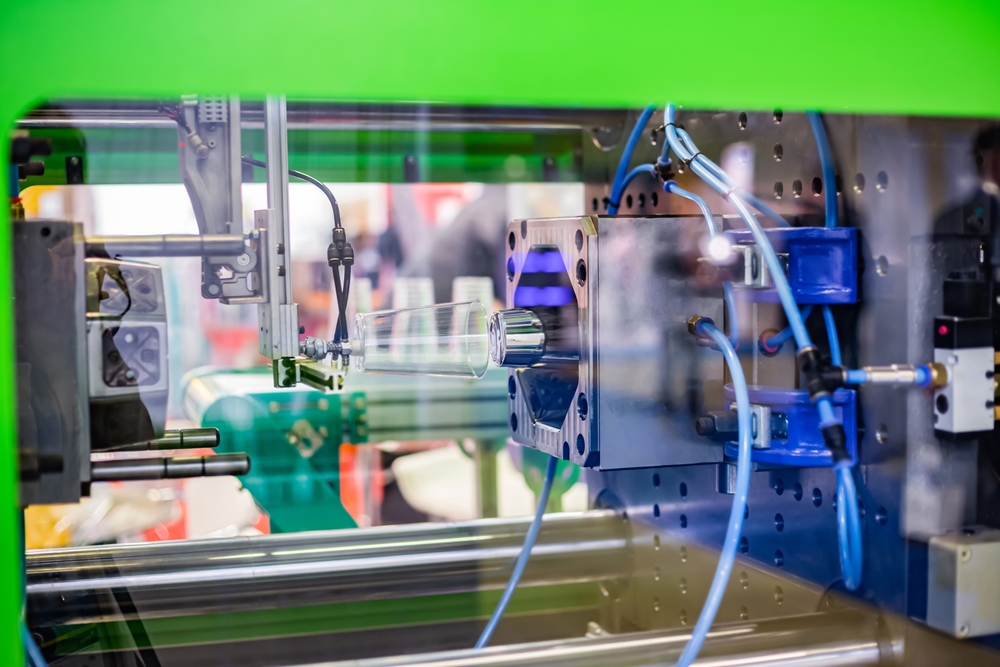Clients often have a number of standard questions in the world of injection molding, and many revolve around expected durability. How long does an injection mold last? That’s a common example, and a few key factors combine to help answer it.
At EnviroTech Custom Injection Molders, we’re here to offer a huge range of injection molding services for various client needs, creating products for industries ranging from chemical processing and automotive fields to defense, marine, medical and numerous others. Here are some of the basics on defining injection mold lifespans, plus some of the key factors that play a role in determining how long you can expect an injection mold to last.
Defining Injection Mold Lifespans
It’s important to understand how injection mold lifespans are determined, as this process might be a bit different from what you had assumed. This does not actually involve any kind of specific time metric – rather, mold lifespan is determined by the number of cycles it can be used for effectively.
While this average can be impacted by each of the factors we’ll go over below, most plastic injection molds can be expected to last between 500,000 and 1,000,000 cycles. Naturally, this will vary if a low-volume production or prototype mold is being used, both of which will have much lower average lifespans.
Let’s dig into the major variables that can impact these averages in either direction.
Material Selection
As you may have guessed, one of the single largest factors that impact mold lifespan and effectiveness is the material selection. Molds are typically made from various forms of steel or aluminum, and each has its own unique properties that can impact the level of wear over time.
For example, steel molds are typically known for their durability and ability to withstand high temperatures, making them a popular choice for large-scale production processes. However, they can be more prone to corrosion if not properly maintained or treated with protective coatings. On the other hand, aluminum molds are generally lighter and easier to work with, but may have a shorter lifespan due to lower strength and heat resistance.
Mold Design
Another key variable when it comes to mold longevity is the design itself. The complexity of the mold and its features can greatly impact how long it will last before needing repairs or replacement. A simple mold with fewer intricate details will generally have a longer lifespan compared to a complex mold with many small and intricate features.
The design of the mold can also affect its maintenance requirements. Molds that are designed for easy disassembly and cleaning will be easier to maintain and prolong their lifespan. This is especially important for molds used in industries where cleanliness is crucial, such as food packaging or medical equipment manufacturing.
Operating Environment
It’s also important to consider the operating environment of the mold. Exposure to extreme temperatures, corrosive materials, and excessive vibration can all impact the lifespan of a mold. In these cases, it’s important to choose materials that can withstand these conditions and incorporate features that protect the mold from such stressors.
For instance, if a mold will be used in a high-temperature environment, materials with high heat resistance should be chosen. Similarly, if the mold will be exposed to corrosive materials, it’s important to select materials that are resistant to corrosion.
Some molds may also require specific features such as ventilation systems or cooling channels to maintain an optimal operating temperature. These factors should all be taken into consideration during the design consultation and construction phases of a mold.
Maintenance and Repair
Like any other tool, molds require regular maintenance and occasional repairs to ensure their longevity and efficiency. This includes cleaning, lubrication, and inspecting for wear and tear.
Proper maintenance can help prevent costly downtime due to unexpected breakdowns or repairs. It’s also important to address any issues or malfunctions as soon as they are noticed, rather than letting them escalate into more serious problems.
Regular cleaning of the mold can prevent buildup of dirt and debris, which can affect the quality and consistency of the molded products. Lubricating moving parts can help reduce friction and wear, extending the life of the mold. Additionally, inspecting for signs of wear such as cracks or dents can help catch any potential issues before they become major problems.
So how long does an injection mold last? Refer to this guide for reference. And at EnviroTech Custom Injection Molders, we’re here to provide the best custom injection molding services in the industry. Contact us today for any of your injection molding needs. Together, we can ensure the longevity and quality of your molded products.

